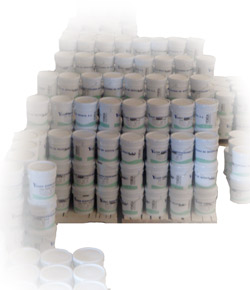Extraction
The calcium sulfate dyhidrate is extracted from the mines. The size of the rocks can be as big as 50cm in diameter.
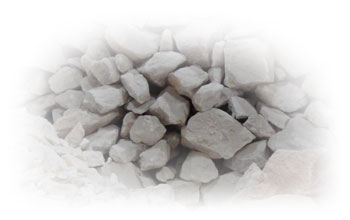
Seletion of the raw material
A meticulous selection of gypsum rock is done and afterwards it’s stored for its use in the process of calcination that varies depending on the gypsum that is being produced.
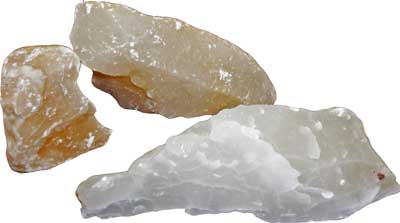
Calcination
Once the raw gypsum rock is selected, a partial dehydration is induced with a calcination method involving high pressures with a strict control in time and temperature, obtaining crystals of minimum porosity and regular form, these allow for great hardness and resistance.
The structure and properties of the final product depend on the process of calcination used.
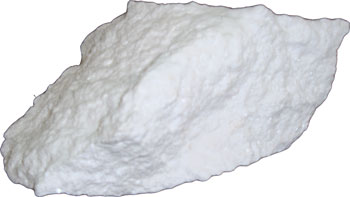
Crushing
The first crushing reduces the size of the rocks to under 15cm for the ease of handling and the second crushing allows for rocks between 4 and 5 cm.
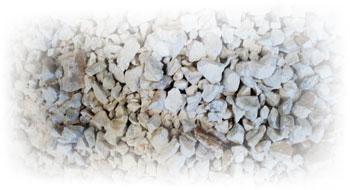
Grinding and Screening
After the crushing, the already calcined gypsum is ground and then taken into hoppers that dose the material required to the mills. The proportion and distribution of the particle size is a critical factor in relation to the final properties of the product.
Presentation
t's produced in white, ochre, pink and blue. It packaged in a polythene bucket with a hermetic seal with 25kg, in 1kg polythene bags and reinforced cardboard boxes containing 10 bags of 1kg.
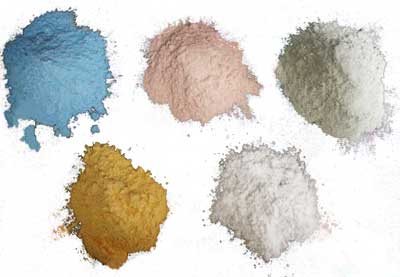
Mixing
Once the alfa gypsum is perfectly ground, special additives are added for the product to behave in relation with the client’s needs which include setting time, viscosity, porosity, mechanical resistance, setting expansion, color, etc.
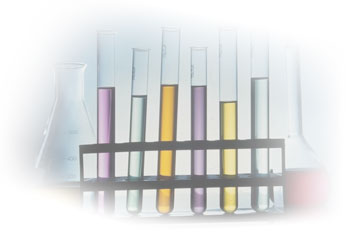
Quality Control
Every lot, quality tests are done on each stage of the process, so as to ensure that all the products meet the strict standards before they are packed and sold.
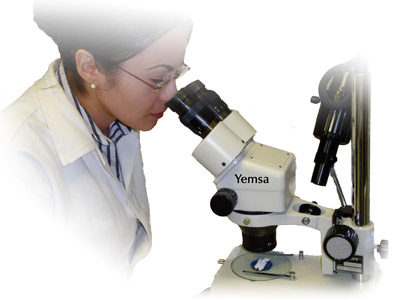
Storage
The right package is selected for every product, offering the highest quality packaging that ensures the quality of the product while it’s on its way to the final user.
